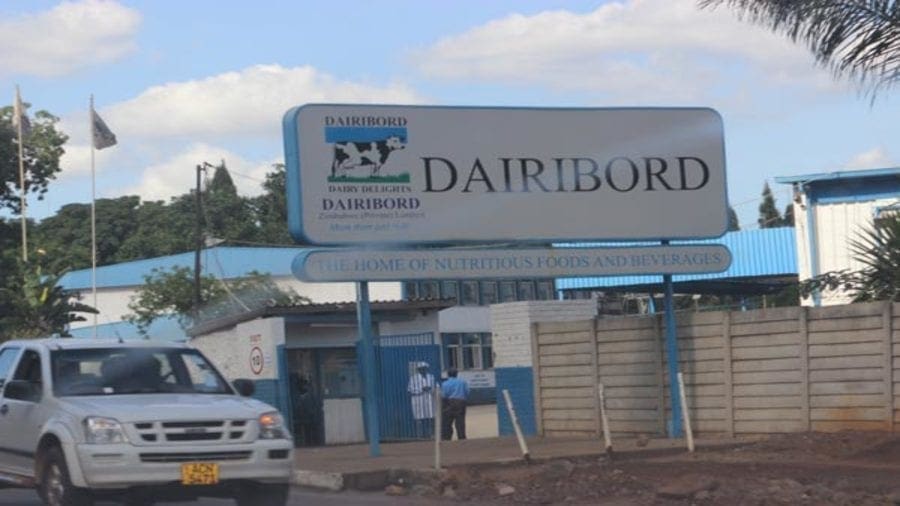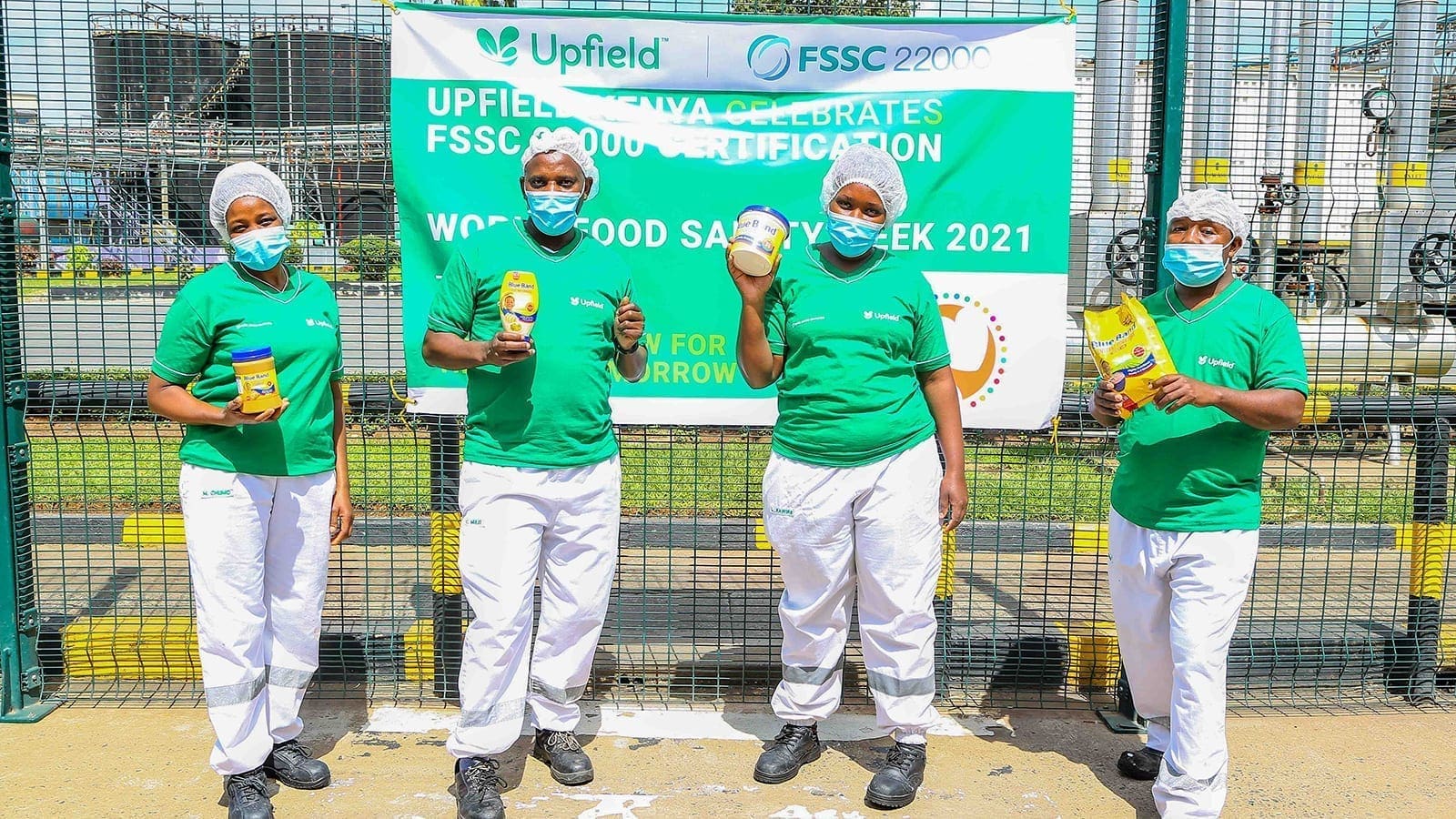ZIMBABWE – Dairibord Zimbabwe Limited (DZL), a leading dairy processor in Zimbabwe has reported a 5% rise in full year revenue for the year ended December 2020 to ZWL$5.2 billion (US$14.3m) from ZWL$5 billion (US$13.8m) reported in 2019.
According to reports by News Day, the company’s earnings were boosted by local sales as export revenue was affected by border lockdown restrictions and was lower than the prior year by 6%.
Despite the overall rise in earnings, the group’s sales volume was 12.5% below the previous year.
The performance was particularly affected by a lacklustre outturn in the second quarter in which volumes dropped by 48% due to Covid-19 restrictions that impacted trading hours and sales channels.
Volume sales of its liquid milk category declined by 9% due to the decline in raw milk intake and supply constraints in the importation of milk powders.
The decrease in raw milk intake was as a result of stock feed prices due to its shortages culminating from droughts in proceeding years.
The beverages category declined 19% while the food category which has the highest value and margins increased by 9% over 2019.
Zimbabwe targets to increase milk production to between 97 million and 100 million litres per annum
In addition, Dairibord’s operating costs grew by 10% owing to foreign currency exchange rate movements, imports, utilities costs, repair and maintenance.
This resulted to the milk processor swinging into a loss of ZWL$76.6m (US$211,000) from a profit of ZWL$671.5m (US$1.85m) it reported in the previous year.
An operating profit margin of 4% was attained down from 8% in prior year.
“The operating environment was challenging. Despite the improved business operating environment in the second half of the year, some negative impacts remained throughout such as increased lead times across supply chains, increased labour and utility costs as well as increased Covid-19 mitigation costs,” Dairibord board chairman, Josphat Sachikonye said.
Cashflows generated from operations improved to ZWL$238m (US$657,000) on account of improved working capital management to support growth, the business made investments in inventories and prepayments for the procurement of imported material.
Going forward, the company is optimistic that good rains will improve supplies into the company’s supply chain and reduce dependency on imports.
The company’s strategy is to leverage investments in brands, human capital, plant, equipment as well as focusing on collaborations across the value chain to optimise results.
Meanwhile, Zimbabwe’s milk production dropped by 7% to 17.8 million litres in the first quarter of the year 2021 due to a plethora of challenges.
Data released by the Lands, Agriculture, Fisheries, Water and Rural Resettlement ministry showed that total milk production in January this year stood at 6.5 million litres before dropping to 5.4 million litres in February and further subdued in March.
Productivity in the country is low due to the high cost of breeding stock, stockfeed and veterinary drugs.
Despite these challenges, the government is targeting to increase milk production to between 97 million and 100 million litres per annum, against the national requirement of 120 million litres.
Zimbabwe imports approximately 48% of its annual milk requirements.
Milk production has plummeted from the 1990s peak of 260 million litres per year to 76 million which was achieved in 2020.
Liked this article? Subscribe to Food Business Africa News, our regular email newsletters with the latest news insights from Africa and the World’s food and agro industry. SUBSCRIBE HERE











